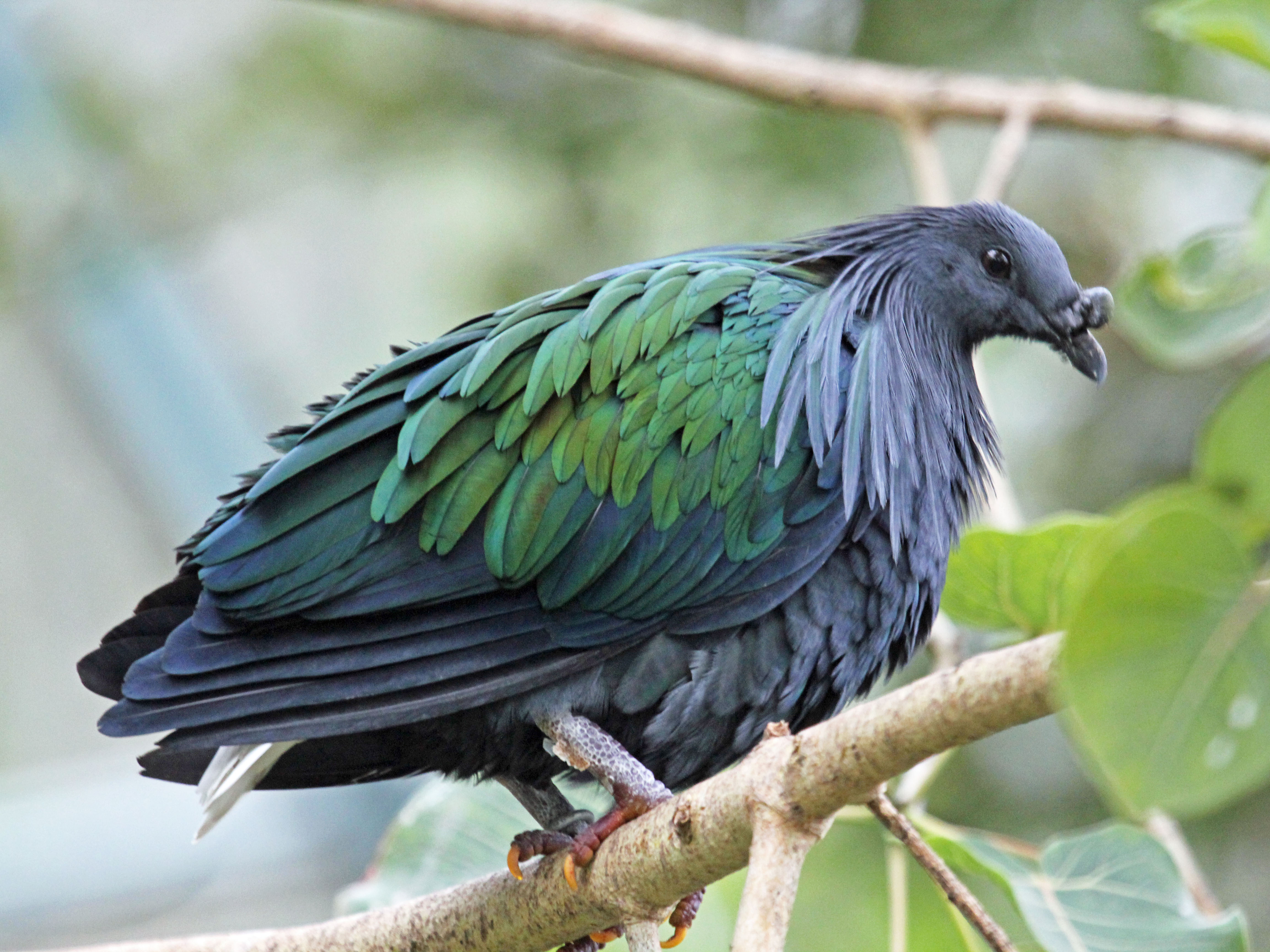Nicobar Islands Rainforests
The ecoregion’s land area is provided in units of 1,000 hectares. The protection goal is the Global Safety Net (GSN1) area for the given ecoregion. The protection level indicates the percentage of the GSN goal that is currently protected on a scale of 0-10. N/A means data is not available at this time.
Bioregion: Myanmar Coastal Rainforests & Andaman Sea Islands (IM9)
Realm: Indomalaya
Ecoregion Size (1000 ha):
170
Ecoregion ID:
252
Protection Goal:
95%
Protection Level:
5
States: India
Together with the Andaman Islands, the Nicobar have been described as “… one of the richest repositories of biodiversity in the whole of South and Southeast Asia… unique both in terms of biodiversity and abundance.” This is a fair description of this ecoregion, given the high endemism among most taxonomic groups. Over half of the mammals, over a third of the birds, a fourth of all reptiles, and over a tenth of all flowering plants are endemic to the islands of this archipelagic chain.
The Nicobar Islands Rainforests ecoregion represents the cluster of Nicobar Islands in the archipelago along the eastern Indian Ocean undersea mountain range. The Nicobar Islands are considered to be volcanic in origin, and have had no land connections with the mainland. The climate is tropical; the temperatures range from 24ºC to 31ºC with 80% humidity. The southwest monsoon brings 3,000–3,800 mm of rainfall, with frequent cyclones and thunderstorms. The only perennial rivers are found on the largest island, the 1,044 km2 Great Nicobar Island.

The flagship species of the Nicobar Islands Rainforests ecoregion is the Nicobar imperial pigeon. Image credit: Creative Commons
The Nicobar Islands are floristically more similar to the flora of Malaysia-Indonesia than to the Andaman Islands, which have more overlap with the species in northeast India, Myanmar, and Thailand. The Nicobar and Andaman island clusters are separated by a deep, 150 km wide stretch of ocean. The vegetation transitions from the coastal and mangrove forests to the evergreen and moist deciduous forests in the interior.
The forest trees include Pterocarpus dalbergioides, Dipterocarpus spp., Terminalia procera, T. bialata, T.manni, Diospyros marmorata, Sageraea elliptica, and Artocarpus chaplasha. The 27 km2 of mangroves consist of Rhizophora mucronata, Bruguiera conjugata, Avicennia officinalis, Ceriops tagal, and Excoecaria spp. Some islands have extensive interior grasslands, thought to be anthropogenic in origin with grasses such as Imperata cylindrica, Saccharum spontaneum, Heteropogon contortus, and Chrysopogon aciculatus.
Of the 25 species of mammals found on the island, the endemic Nicobar flying fox, Nicobar tree shrew, and Miller’s Nicobar rat are now threatened and vulnerable. Although most mammals in this ecoregion are small, the Nicobar wild pig, which is an endemic subspecies, the spotted deer, and an introduced population of Asian elephants that have now become feral represent a large mammal community.
The endemic birds include the Nicobar sparrow hawk, great Nicobar serpent eagle, Nicobar megapode, Nicobar parakeet, Nicobar imperial pigeon, Nicobar scops-owl, Nicobar bulbul, and Nicobar jungle flycatcher, all now threatened by human settlements and resulting habitat modification. The beautiful Nicobar imperial pigeon is a large bird that prefers being on the ground and is the closest living relative to the extinct dodo. The beaches are important nesting sites for leatherbacks, green turtles and hawksbills.
Anthropogenic threats to the ecoregion’s biodiversity is increasing. Forests are cleared for agricultural expansion, including for rice paddies, coconut, areca nut, and various spice plantations. Cattle are grazed in forests and fires are set to encourage new growth of grass for fodder. Trees are cut for fuelwood and to make charcoal. Hunting and plant and wildlife collection for the pet and ornamental trade are depleting wild stocks and populations. The introduction of exotic species changes the natural communities and their ecological dynamics, placing indigenous species at risk of extirpation.
Thus, the recommended priority conservation interventions are to: 1) demarcate all protected areas properly with management plans; 2) develop species management and recovery plans for the endemic, endangered species; 3) control exotic invasive species; and 4) promote social forestry in non-forest lands to take pressure off natural forests.
Citations
1. Faunal diversity of the Great Nicobar Biosphere Reserve. Edited by Chandra K., Raghunathan C., & Mondal T. (2017). Published by the Zoological Survey of India.
2. Andaman and Nicobar Islands. Development Report. Planning Commission. Government of India. 2008.
3. Wikramanayake, E, E. Dinerstein, et al. 2002. Terrestrial Ecoregions of the Indo-Pacific: A Conservation Assessment. Island Press.


